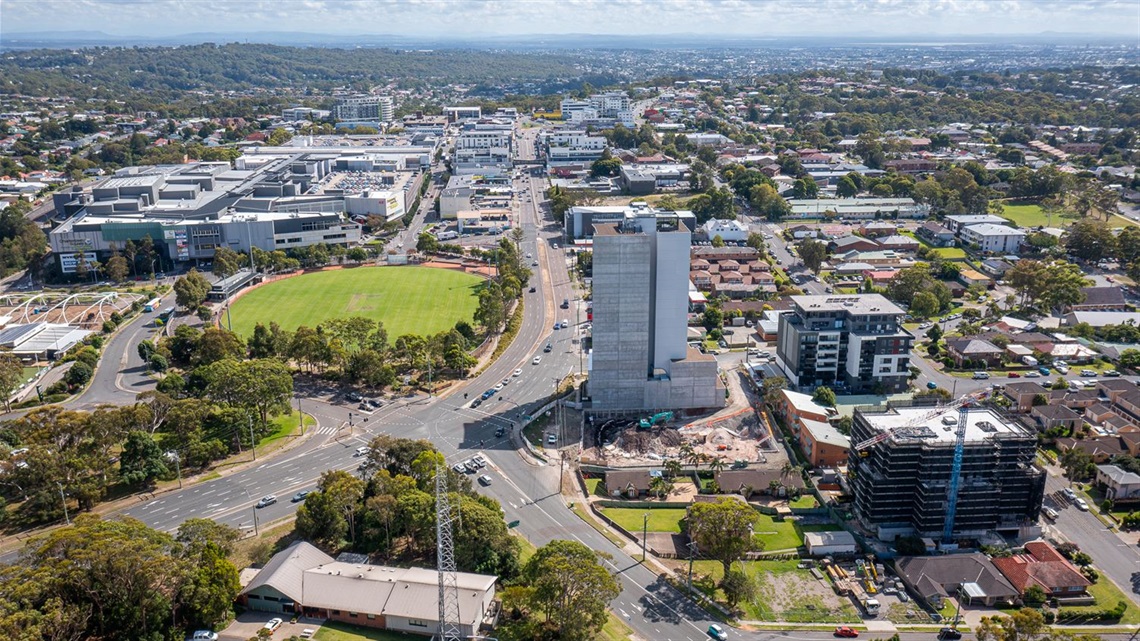Growth predictions prompt building height rethink for Charlestown
Published on 06 March 2023

Maximum building heights will increase in parts of central Charlestown to make way for future residential and commercial growth, under a new Lake Macquarie City Council proposal.
Changes are now on public exhibition for Council’s Charlestown Town Centre Area Plan and the Local Environmental Plan, with the aim of encouraging higher density housing and employment opportunities around the landmark suburb’s existing services and infrastructure.
The proposed changes include introducing new R4 high-density residential zones along part of the eastern side of Dickinson Street, and at the south-eastern end of Smith Street.
Building height limits would increase in some areas to match the surrounding limits, and land use zone boundaries would be altered to support new commercial and residential development where appropriate.
“Charlestown is a regionally significant strategic centre, and by paving the way for more development in such a central location, we’ll support the growth projected over the next 30 years,” Mr Hain said.
He added that the proposed R4 zones would help pinpoint places where residential apartment developments were encouraged.
“Historically, we’ve seen different building heights and land uses across central Charlestown – sometimes even on the same street, which has generated some confusion” he said.
“The changes we’re proposing seek to unlock development capacity and apply consistent land use zones and development standards within each street block.”
Proposed ‘development incentives’ will also be offered in distinct locations: on the existing Hilltop Plaza site and in some parts of the proposed R4 high-density and B4 mixed-use zones.
“In a nutshell, we’re proposing to extend our maximum height limits in these locations in return for future development meeting certain conditions that provide a positive public benefit,” Mr Hain said.
“At Hilltop Plaza, they would be required to provide an open-air public laneway connecting Pearson Street with Charlestown Road, providing a better outcome than the existing access.”
“In the R4 and B4 zones, we’d consider moderately higher development if sites are consolidated and meet a minimum size and frontage width. We believe this would provide better quality development overall.”
Council is also simultaneously exhibiting planned changes to timed parking zones in Charlestown, eliminating the piecemeal system currently in place.
The proposed changes would see one-hour timed parking introduced across a precinct bounded by Frederick Street, Charlestown Road, Smith Street and Pearson Street, with 15-minute parking zones in two small high-turnover areas.
Further east, two-hour timed parking would be implemented from Smith Street to Dickinson Street, bounded by Ida Street to the north, and Charles Street to the south.
“I want to emphasise that there are no plans to introduce paid parking,” Mr Hain said.
“However, one of the key actions of the Charlestown Transport Management Plan is to simplify timed parking restrictions by moving to an area-based approach. These changes will achieve that.”
If the parking zone changes are accepted, Council will monitor any impacts surrounding Charlestown Square, to manage changing demands for parking.
The proposed changes are on display for public feedback until 3 April. Go to shape.lakemac.com.au for more information and to make a submission.